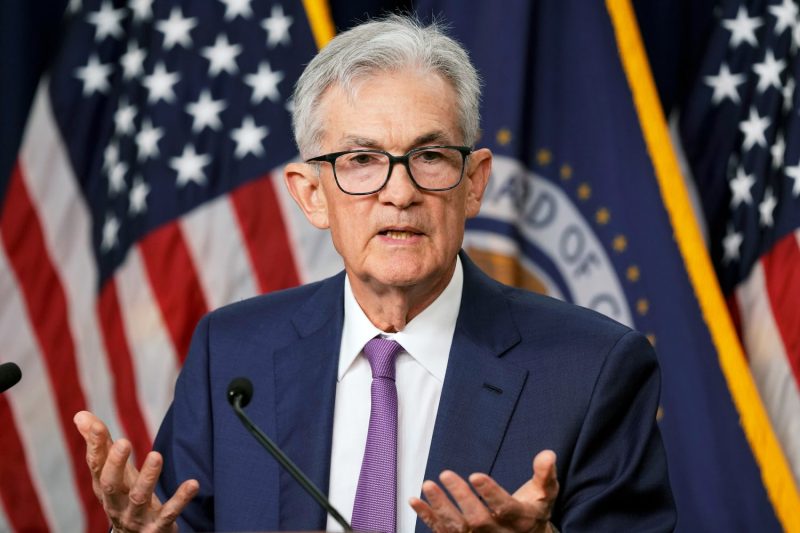The Federal Reserve Chair, Jerome Powell, recently made a startling public statement regarding inflation, stating that it has been notably steeper than initially anticipated. Powell’s declaration underscores the mounting financial concern swirling around the U.S economy and might suggest implications about future policy shifts down the road.
Inflation – the economic event that refers to the overall increase in goods and services’ prices over some time – is a crucial metric for any government, particularly for a powerhouse like the U.S. Expert predictions always try to align with reality, yet the recent declaration by Powell regarding inflation indicates a tangent outside what was previously expected.
The inflation rate can be seen as an indicator of the economy’s health. Consequently, when it increases faster than the predicted rate, it becomes a matter for concern. Powell has now raised an alarm on this important issue, suggesting the situation is more severe than initially believed.
Right now, the burning question in the minds of economists, investors, and the public is, ‘What does this mean for Federal fund rates?’ It’s crucial to recall that the Fed has the power to steady or trim rates as part of its efforts to counteract the effect of inflation on the economy. Higher inflation typically compels the Fed to increase the federal fund rates, thus curbing inflation but also potentially stymieing growth if not executed judiciously.
However, in what comes as a surprise to many observers, Powell expects the rates to hold steady despite the higher-than-expected inflation. This decision, though seemingly counterintuitive, has its reasons.
Firstly, the Fed might be operating under the consideration that stepping on the monetary brakes may jeopardize current economic recovery efforts, given that various sectors are still grappling with pandemic close-down effects. Additionally, there is a school of thought that believes current inflation surge could be transitory, stemming mainly from supply constraints that may eventually ease.
However, this doesn’t dismiss the implications that high inflation might have on the average citizen. A steeper rise in prices puts significant strain on consumers, especially those on fixed incomes or salaries, as they can now purchase less with the same amount of money. Further spill-over effects, such as higher borrowing costs for both individuals and companies, could also be a result – thus potentially slowing down long-term economic growth.
Jerome Powell’s unexpected announcement that inflation is higher than projected, and his assertion that rates will likely remain steady, has led to a host of questions about where the U.S economy is headed, while also remembering that the health of the U.S economy has a ripple effect on the global financial arena.
Jerome Powell’s communication, while underlining economic dangers, also implies the balancing act the Fed must handle between inflation management, fostering economic recovery, and preserving long-term stability. From an optimistic standpoint, it could also pave the way for sudden economic innovation and reinvention in various sectors, as both government and businesses strive to overcome these new hurdles unveiled by the unveiling of inflation’s real face.
In the final analysis, Powell’s disclosure engenders new questions around future economic volatility and uncertainty, urging a vital re-engagement in considering inflation’s impact in today’s unique economic landscape.




